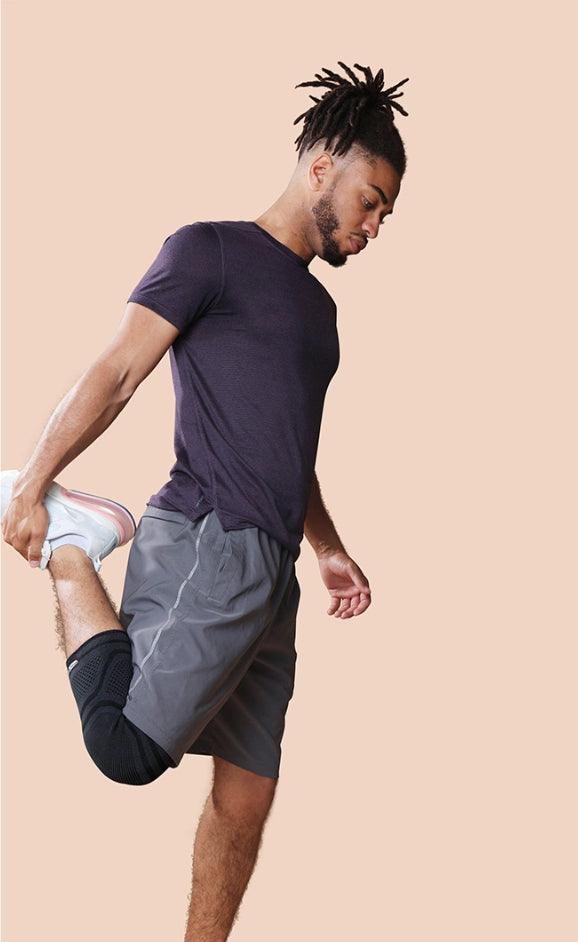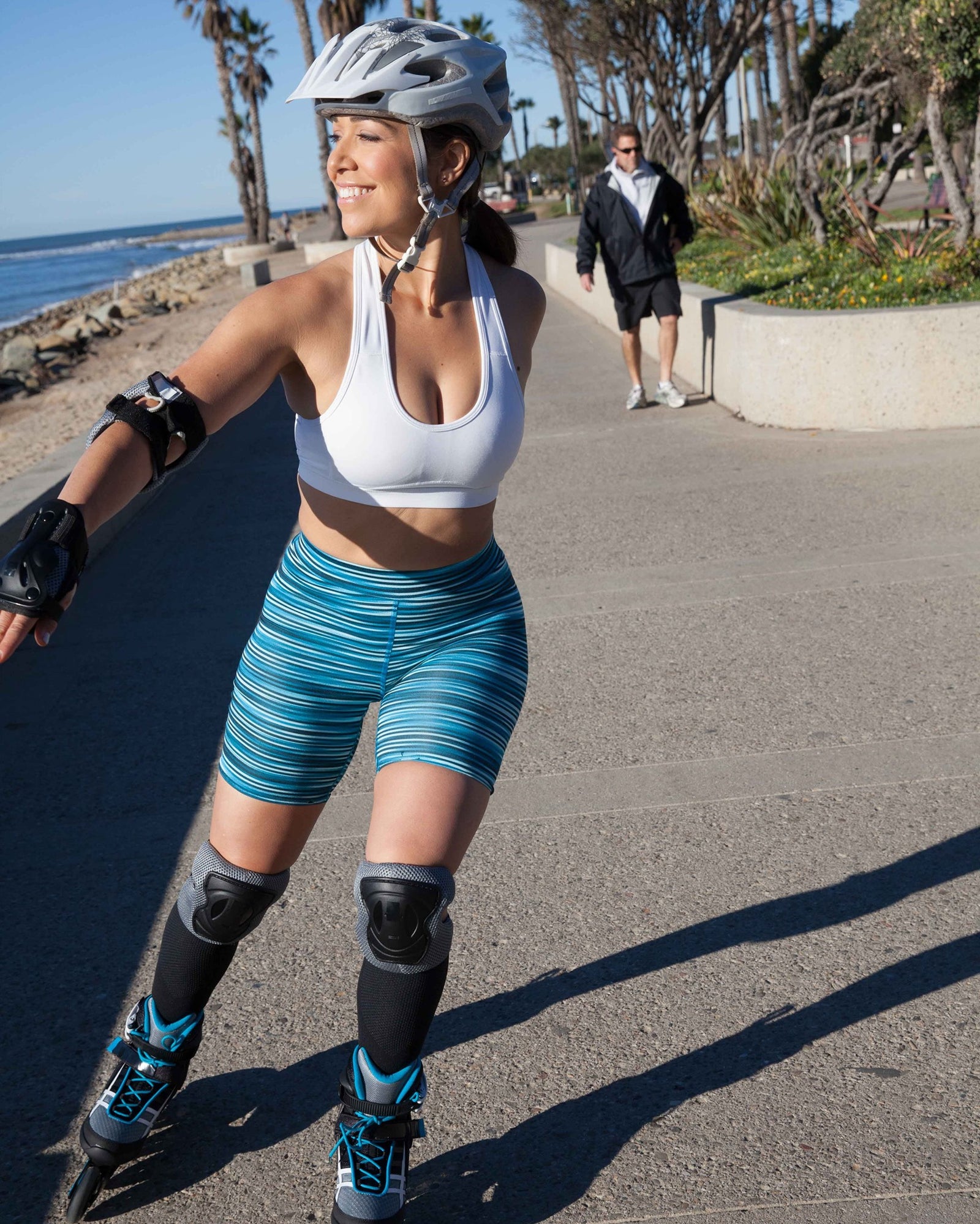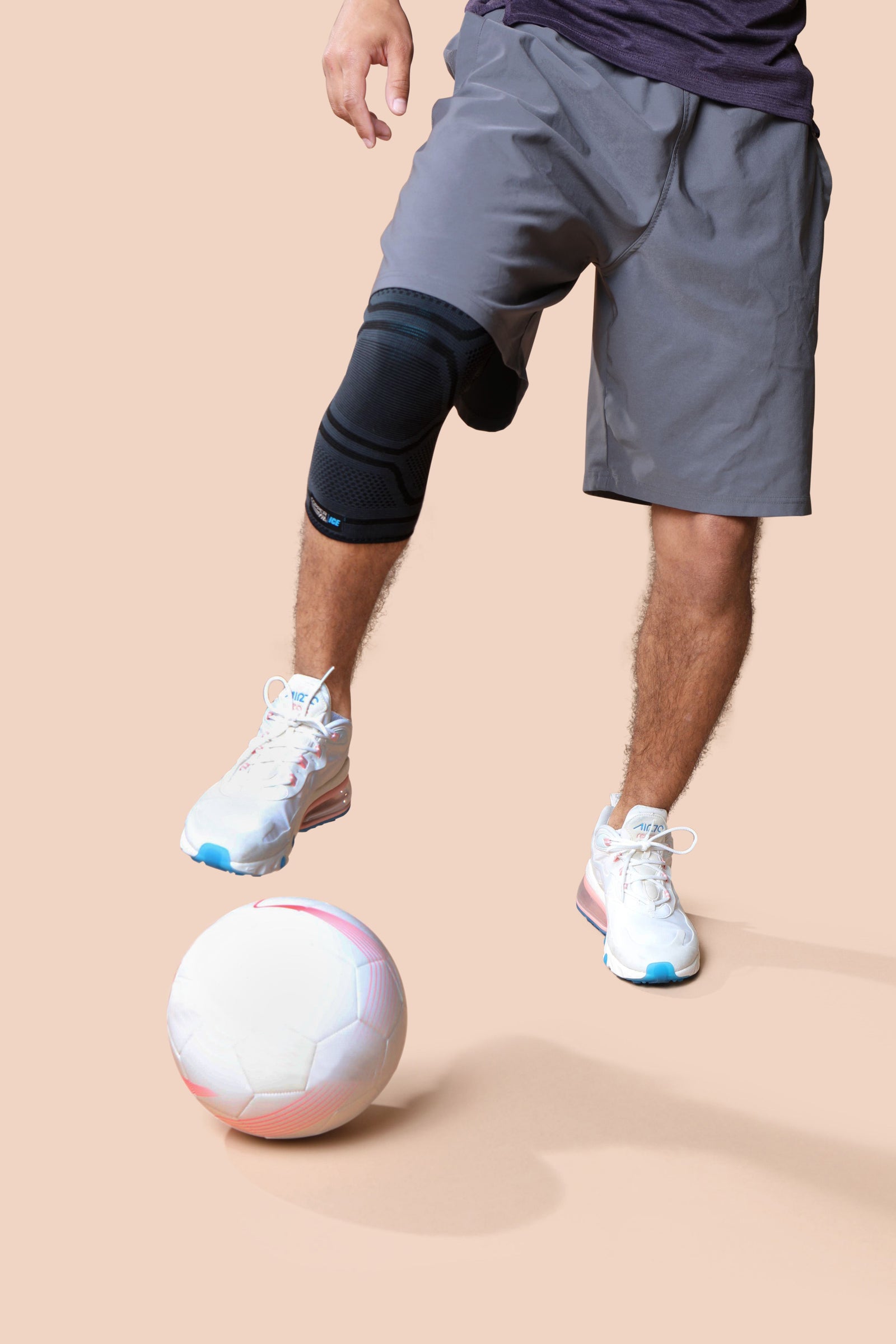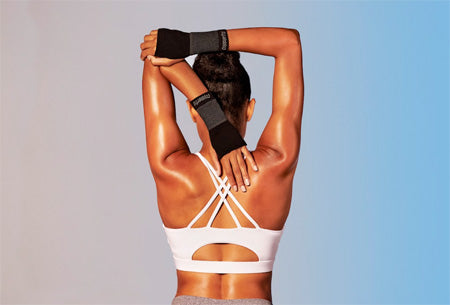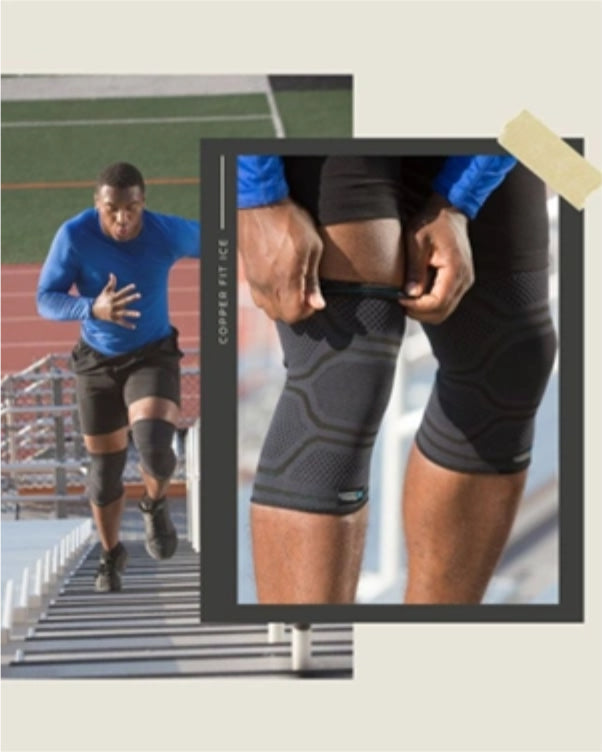
Key Takeaways
- Depending on meal size, waiting 30 minutes to three hours to work out after eating can help reduce discomfort and support better performance.
- The right mix of carbohydrates, protein, and hydration before and after training helps your body stay energized and recover smoothly.
- Understanding digestion, nutrient timing, and simple recovery habits can make movement feel more comfortable and effective.
You’re ready to move, but you’ve also just eaten. Do you jump into your workout or give your body a little time?
It’s a common question, and the answer plays a big role in how energized, comfortable, and capable you feel during training. Whether you’re an athlete or someone working toward more active days, learning how the timing of meals affects performance can help you train smarter and recover better.
Let’s break down what actually happens in your body, how long to wait based on what you ate, and how to fuel your muscles so you feel strong and supported, from start to finish.
Eating and Working Out 101
Everyone digests food at a different pace, but there are reliable guidelines to help you avoid unwanted discomfort or sluggishness during a workout.
The general timing depends on the size and type of your meal:
- Small snack: wait about 30 minutes
- Moderate meal: wait 1–2 hours
- Larger or higher-fat meal: wait 2–3 hours
This range is meant to help you feel your best. If you’ve ever tried to exercise right after a big meal, you may have felt heavy, tight in the stomach, or just off. That happens because digestion requires energy and steady blood flow, and so does a workout. When you try to do both at once, your body has to split its resources, and performance can take a hit.
Giving yourself a little time between eating and training helps your digestive system work without added pressure and allows your muscles to feel more supported once you start moving.
Why Does Timing Matter?
When you eat, your body sends blood to the digestive tract to break down carbohydrates, fats, and proteins. This is normal and necessary, but it also takes time. When you start exercising too soon, your muscles demand that same resource.
The result can be:
- Cramping or stomach tension
- Bloating
- Sluggishness
- That heavy, overly full feeling during movement
Waiting the right amount of time before training helps ensure your body can shift from digestion mode to performance mode without extra strain. This supports smoother movement, better endurance, and a more enjoyable workout overall.
Meal Size, Meal Type, and How They Affect Digestion
Different meal types require different amounts of energy to digest. Matching your meal to your activity and timing it right can make all the difference in how you feel during your workout.
Small Snacks
Quick, simple snacks digest the fastest because they typically contain carbohydrates your body can break down efficiently. If you’re heading out for a walk, light strength session, or low-intensity cardio, a small snack 30 minutes before is usually plenty.
Great examples include fruit, toast with nut butter, a small yogurt, or a granola bar. These provide quick energy without sitting heavily, helping you feel ready to move.
Moderate Meals
A meal that includes balanced carbohydrates, lean protein, and a small amount of fat takes more time to process. These meals fuel you well for moderate to high-intensity exercise, but you’ll want to give your body around 1–2 hours to digest, so movement feels natural and comfortable.
Think: chicken, rice, and vegetables; oatmeal with fruit and nuts; or a wrap with protein and greens. These choices provide sustained energy and help support muscles throughout the workout.
Larger or Higher-Fat Meals
Meals that are higher in fats or fiber take the longest to digest. These nutrients are important, but they slow the digestive process, which means starting a workout too soon can lead to bloating or tension in the midsection.
If you’ve had an indulgent brunch, a hearty dinner, or something fried, give yourself closer to 2–3 hours before training. This helps your body fully process the meal so movement feels lighter and more controlled.
What To Eat Before a Workout
Pre-workout nutrition is all about supporting performance. The goal is to give your body fuel without weighing it down.
Carbohydrates for Energy
Carbohydrates are your body’s preferred energy source during exercise. They help keep you sharp, steady, and focused. Quick carbs are best if you’re eating closer to your workout; complex carbs are great when you have a longer window.
Lean Protein for Support
A little protein before training supports your muscles as they work without slowing digestion. This helps your body stay stable through movement and prepares your muscles for recovery afterward.
Hydration
Hydration plays a powerful role in active performance. Even slight dehydration can make a workout feel harder than necessary. Drinking water before your session helps your body stay balanced and reduces the chance of mid-workout discomfort.
Pre-Workout Examples
- Banana with almond butter
- Greek yogurt with berries
- Toast and a scrambled egg
- Smoothie with fruit and protein
These are light, energizing, and dependable options for most people.
What To Eat After a Workout
Your post-workout meal or snack helps restore energy, support muscle recovery, and reduce the feelings of tension or heaviness that sometimes show up after training.
Carbs To Replenish
Your muscles use stored carbohydrates during exercise. Eating carbs afterward helps replace what you burned and supports steady energy for the rest of your day.
Protein To Support Muscles
Protein helps your body’s natural recovery process by giving your muscles what they need to stay strong and stable.
Healthy Fats
Fats don’t need to be immediate post-workout fuel, but including them in your meals throughout the day helps overall recovery and wellness.
Hydration and Electrolytes
Sweating can shift your electrolyte balance. Replenishing fluids helps reduce feelings of soreness and supports comfortable movement later.
Listening to Your Body
Even with guidelines, your body will always be your best coach. Paying attention to how you feel before and during a workout helps you fine-tune your timing.
Signs you didn’t wait long enough before starting your exercise may include:
- Feeling bloated or overly full
- Cramping or stomach tension
- Sluggishness or difficulty getting into your rhythm
These signals simply mean your digestive system is still working through your meal. Adjusting your timing for the next session can make a big difference.
Alternatively, signs that you may need more fuel for your workout can include:
- Lightheadedness
- Unexpected fatigue early in the workout
- Trouble maintaining intensity
These signs often mean your body needs more carbohydrates or hydration before training. A small, fast-digesting snack 30–60 minutes beforehand may help.
How To Match Your Meal to Your Workout Intensity
Different workouts place different demands on your body, and that affects how long you may want to wait after eating.
Low-Intensity Activities
Walking, stretching, or gentle yoga typically feel fine soon after a snack. These movements don’t place heavy pressure on digestion.
Moderate-Intensity Training
Strength sessions, cycling, or steady-state cardio often feel best with a 1–2 hour wait after a balanced meal so your body can direct its energy to your muscles.
High-Intensity Workouts
HIIT, sprints, or powerlifting require quick energy and full focus. These sessions usually feel smoother if you’ve waited 2–3 hours after a larger meal to avoid mid-workout discomfort.
Recovery Tips for Better Performance
Supporting your body after training is just as important as fueling it beforehand. Thoughtful recovery habits help reduce soreness, support circulation, and keep your muscles feeling ready for your next session.
- Light stretching and cooldowns: Gentle, steady movement helps your body shift out of workout mode, easing tension and supporting mobility.
- Compression gear: Compression sleeves and braces offer gentle compression that helps support healthy blood flow and soothe muscle and joint soreness after tough training.
- Hot and cold therapy: Many people also find cooling sleeves or hot/cold technologyuseful for additional post-workout comfort.
- Rest and hydration: Quality sleep and steady fluid intake help your body feel strong and recovered. These habits make an active lifestyle feel more sustainable.
Sample Schedules
Morning Workout
- Light snack → workout → balanced breakfast with carbs and protein
Lunch Workout
- Solid breakfast → 1–2 hour wait → workout → nutrient-rich lunch
Evening Workout
- Afternoon snack → early evening training → dinner with balanced macros
FAQ
How long should I wait to work out after eating a big meal?
Most people feel best waiting around 2–3 hours after a large or high-fat meal. This gives your body time to digest so you can move comfortably and avoid stomach tension.
Is it okay to exercise on an empty stomach?
Some people feel fine training fasted, especially during light activity. If you feel weak or fatigued, adding a small pre-workout snack may help support steady energy.
What should I eat after a workout to support recovery?
A combination of carbohydrates, lean protein, and hydration helps replenish energy and support muscle recovery. Meals like chicken and rice, smoothies, or yogurt with fruit work well for many people.
The Bottom Line
At Copper Fit, we want every person—athletes, beginners, and anyone building a more active life—to feel supported and confident in their movement. Understanding how long to wait after eating, how to fuel your body, and how to recover with smart habits and dependable gear helps make every workout feel smoother and more comfortable.
Sources:
The Digestive Process: How Is Food Digested in the Stomach? | UMass Memorial Health
Digestion: How long does it take? | Mayo Clinic
Exercise and Regulation of Carbohydrate Metabolism | PMC
Sports and Hydration for Athletes: Q&A with a Dietitian | Johns Hopkins Medicine

